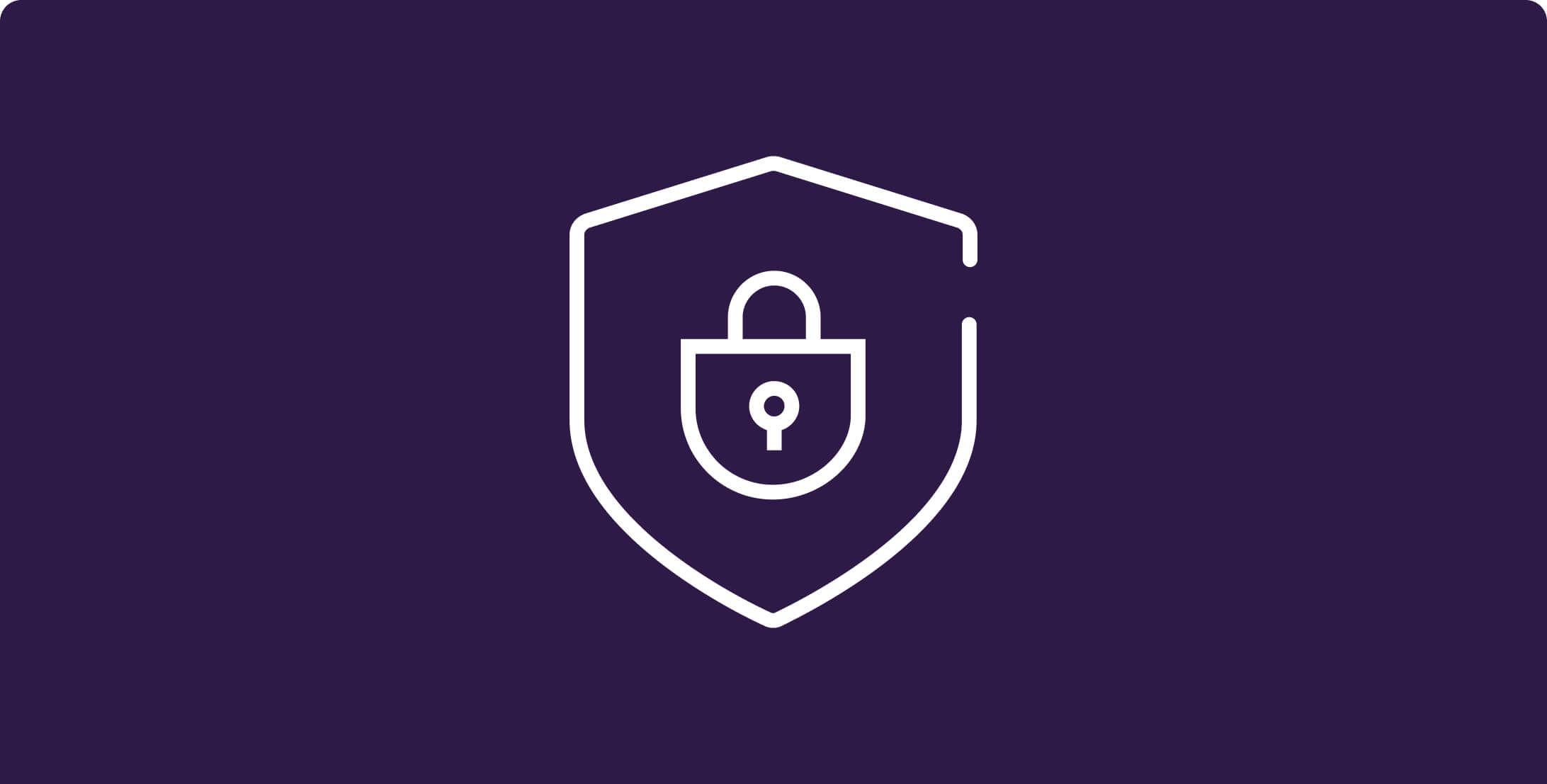
Fraud
Fraudsters persist. Are you prepared?
The 2025 AFP® Payments Fraud and Control Survey Report, underwritten by Truist, is now available. This year’s edition shows that fraud remains elevated.
Purple PaperSM

Protecting Against Multifactor Authentication Fatigue
Fraud Multifactor authentication fatigue
How to defend your organization against a persistent security attack.
Learn valuable insights about new multifactor authentication procedures and get tips on how to protect your business from potential cybersecurity attacks.

How to protect against AI-driven business fraud
Fraud How to protect against AI-driven business fraud
Explore prevention and mitigation strategies for the cutting edge of cybercrime.
Artificial intelligence (AI) has sparked a new generation of business cybercrime. Learn how to combat AI-driven fraud with modern fraud detection solutions.

How To Guard Against Card-Not-Present Fraud
Fraud How to guard your business from card-not-present fraud
This crime, called card-not-present (CNP) fraud, is a serious and rapidly growing threat to businesses and credit card companies.
E-commerce has made remote credit card fraud one of the most prevalent cybercrimes. Learn how to spot and defend against card-not-present fraud.

How To Defend Against ACH Fraud
Fraud How to defend against ACH fraud
Learn to spot and prevent automated clearing house fraud.
ACH transfers are important for businesses in a digital age. Learn how scammers commit ACH fraud, the impacts it can have, and how to prevent it in your business.

How To Defend Against Business Email Compromise
Fraud How to detect and defend against business email compromise
Business email compromise happens when scammers impersonate someone you trust in an attempt to defraud your company. Learn how to spot and prevent BEC.

How to protect against wire transfer fraud
Fraud How to stop a new spin on an old scam
Learn tips and tactics for preventing wire transfer fraud.
Learn what makes wire transfer fraud one of today’s biggest cybersecurity threats and get tips for preventing it.
Commercial Banking
Work with a partner who sees your vision and has the resources to help you achieve it
Financing & Lending
Flexible credit lines, buy or lease equipment, finance commercial property, and improve your cash flow.
Truist Business Lifecycle Advisory
Collaboration built on care. We’re invested in your success and we’re ready to address your changing needs.
